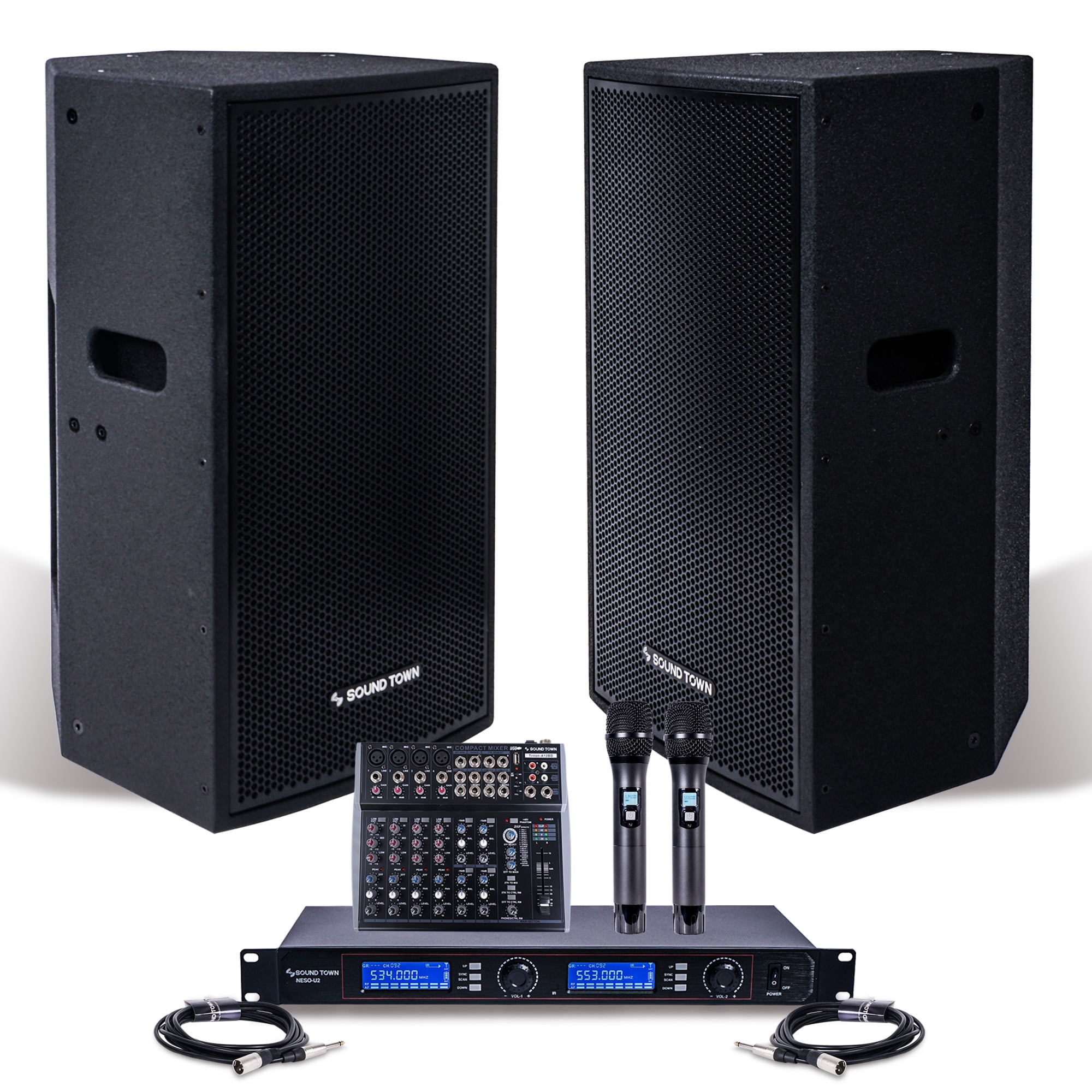The Future of Sound Devices: Developments to Watch
In recent years, the audio equipment landscape has transformed considerably, driven by advancements in technology and shifting consumer preferences. As tunes, spoken content, and visual media continue to flourish, understanding the developments shaping sound devices is more important than ever. From high-quality headphones to engaging audio systems, choosing the appropriate audio technology can enhance your sound experience whether you're a recreational listener, a budding podcaster, or a professional musician.
As we gaze forward, several key features and innovative technologies are prominent in the audio gear industry. Whether it's wireless capabilities, improved sound quality, or innovative designs tailored for specific uses, being aware about these trends will help you make informed decisions. This guide aims to highlight the essential factors to take into account when selecting sound gear, ensuring you find equipment that meets your needs and delivers exceptional performance.
Key Features of Quality Audio Equipment
As you are selecting audio equipment, the clarity of sound is of utmost importance. Search for components that offer precise sound clarity, which is often determined by factors such as how frequencies are handled, total harmonic distortion, and the ratio of signal to noise. Quality speakers and headphones should provide a rich sound spectrum, enabling you to capture every nuance in your tracks or audio production. Opting for equipment with a wider frequency range can enhance your listening experience, allowing for deep bass and bright treble.
An additional essential feature is durability and design integrity. Audio equipment is a significant purchase, and high-quality materials can significantly impact the longevity of your gear. Look for products with sturdy construction that can withstand the demands of transportation or daily operation, especially in dynamic environments like public events or recording studios. Specifications including reinforced cables and waterproof features are also helpful, ensuring your equipment can handle various conditions without compromising functionality.

Finally, connection capabilities play a crucial role in modern audio setups. Quality audio equipment should provide a range of connectivity options, including wired and wireless options. Options such as Bluetooth, USB, and XLR interfaces allow for connectivity with many different tools, from smartphones to professional audio interfaces. Configuring your audio system should be simple, so choose equipment that streamlines setup while ensuring high audio fidelity.
Deciding on Sound Equipment to meet Diverse Requirements
As choosing audio equipment, it is crucial to think about the specific application. For click this link now , investing in premium speakers and soundbars can significantly enhance the sound quality. Look for capabilities like Dolby Atmos support and wireless links for smooth integration. If your interest lies in music creation or podcasting, focus on microphones with superb sound clarity and audio interfaces that provide low latency. These factors are vital for achieving studio-like quality in your recordings.
For those on the go, portable audio gear such as Bluetooth speakers and high-fidelity headphones can offer both ease and quality. Look for models with a good battery life and water safety for outdoor use. Comfort and sound quality are essential for extended listening sessions, so selecting headphones that fit nicely while providing a high-quality audio experience is necessary. Moreover, consider noise-canceling features if you often commute in loud environments.
DJs and live performers have distinct requirements, highlighting tools that can withstand the challenges of being on the road and regular use. A reliable audio mixer with various input options and effects can improve any live performance, while robust speakers and amplifiers ensure sound covers all corners of the venue. Evaluate mobility and durability, as well as the ease of setup, to create an optimal workflow during events.
Trends in Audio Technology and Future Prospects
The sound industry is swiftly evolving, with breakthroughs in technology shaping the way we experience sound. One of the most significant developments is the surge of wireless sound technology. Bluetooth and smart home technology are making it increasingly easy for users to connect their equipment without the hassle of wires. This shift not only enhances simplicity but also allows for a more minimalist aesthetic in home audio setups. As discount home audio equipment continues to advance, we can expect even improved sound quality and compatibility across various platforms.
Another significant trend is the rising importance of tailored audio experiences. Manufacturers are increasingly focusing on tailoring choices, allowing users to adjust sound profiles to their liking. This includes features like EQ options and 3D sound that enhance engagement. Additionally, improvements in artificial intelligence are leading to smarter audio devices that learn from user behavior and enhance sound delivery. This personalization will become a crucial aspect in consumer decision-making when picking audio equipment for their needs.
Finally, the need for premium sound in various environments is on the rise. As music streaming services improve their audio codecs and offer high-resolution music options, consumers are seeking out equipment that delivers superior sound quality. Home studios, podcasting gear, and high-end microphones are gaining traction as more individuals pursue content creation. Alongside this, the trend for sustainable and energy-efficient audio equipment is also becoming noteworthy, with brands exploring sustainable resources and production techniques. The future of audio technology is set to focus on both performance and environmental responsibility, setting new standards for how we engage with sound.